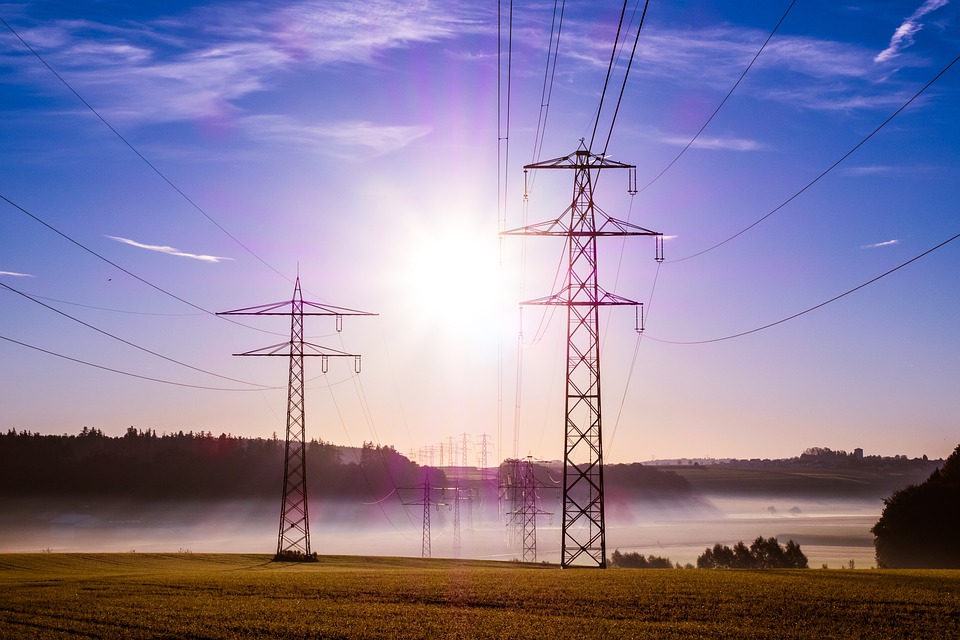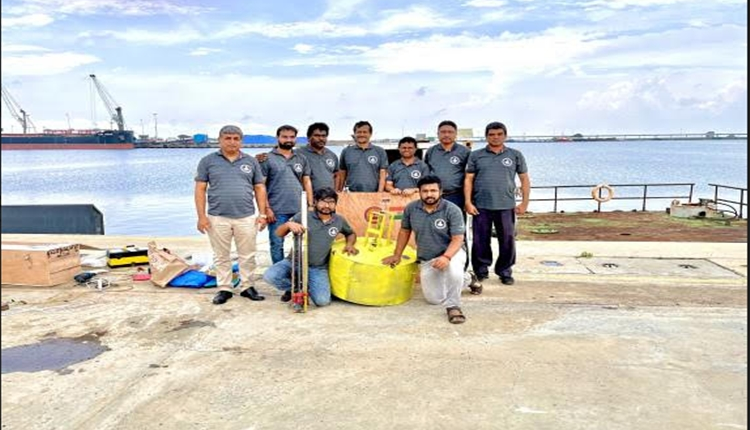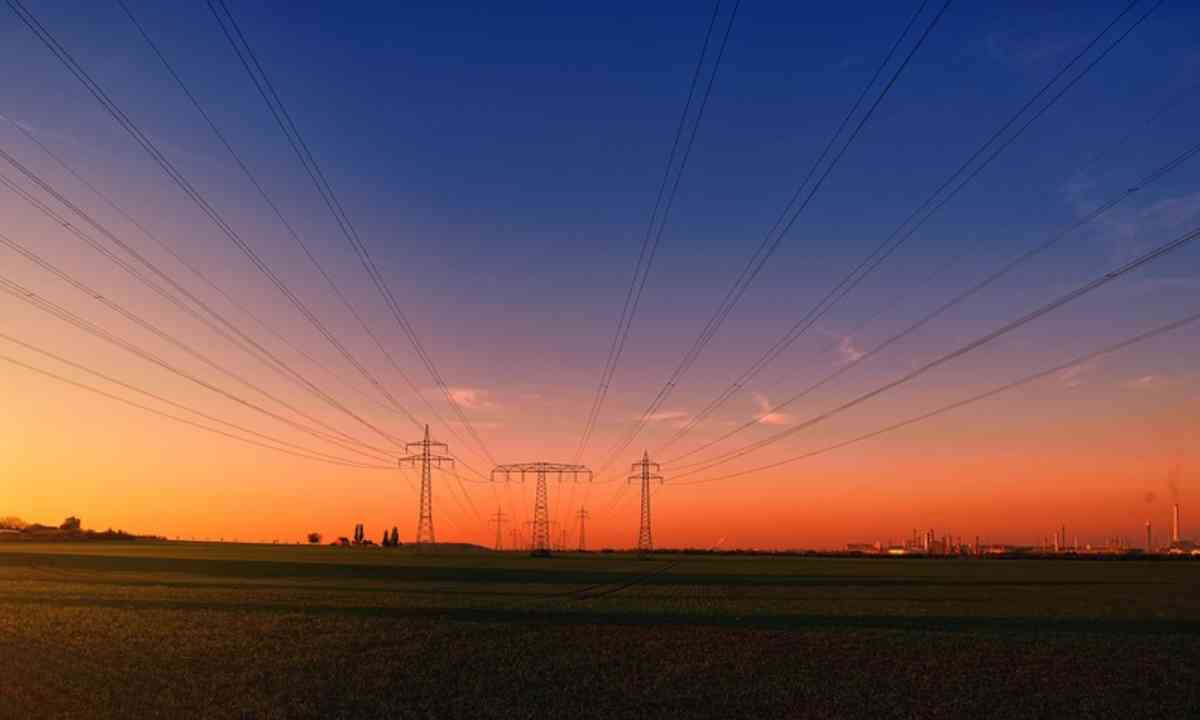A group of researchers from the Indian Institute of Technology, Madras recently developed a device called an ocean wave energy converter that could generate electricity from sea waves. In order to test the device, it was deployed at a place about 6 km from the coast of Tuticorin, and the trials were successful. The device also aims to generate IMW of power from ocean waves in the coming three years. The device is designed keeping in mind offshore remote places that require reliable electricity either by supplying power to payloads which will be integrated into the device which is located in the seabed or the ocean.
The device was designed by a team of researchers headed by IIT -M faculty prof. Abdus Samad. He is the one who established the Wave Energy and Fluids Engineering Laboratory (WEFEL) at IIT-M. WEFEL has also been working on other similar applications that would contribute to energy and sustainability.
The team is now working on applications that could produce power for smaller devices like data buoys and navigational buoys. Prof. Samad said that India has a 7,500 km long coastline and is highly capable of producing about 54 GW of power which could fulfil a good amount of energy requirement in the country. He added that single devices placed in different places across the Indian coastline could generate a large amount of power. The primary goal is to achieve sustainability in India through marine energy and zero carbon emission to deal with climate change.

In a conversation with The Better India, Prod Samad said that although it is easy to come up with a concept on wave energy, it is not easy to come up with such technology which is even. The project has been named Sindhuja -I, which when interpreted means something that is generated from the ocean. It comprises a spar, an electrical module, and a floating buoy. The buoy has a central hole that allows the spar to pass through it. The spar needs to be fixed on the seabed, and the waves will not affect it. The motion helps in rotating the electric generator, which will produce power.
The project received financial support from the department of foreign affairs and Trade, of the Australian government. IIT. M collaborated on this test with a startup called Virya Paramita Energy Pvt. Ltd, Motilal Nehru National Institute of Technology, MCKV Institute of Engineering, and GKC Institute of Engineering and Technology. The device was placed in the ocean with the help of Waterfront Engineering and Infrastructure Pvt Ltd. IIT M and Virya Paramita Energy Pvt Ltd have entered into a joint agreement to commercialize the technology.

India had set goals to build a blue economy and promote clean water and energy. This device would help India achieve its target. India aims to produce 500W of renewable electricity by 2030 to deal with issues on climate change. Sectors like defence, communications, and oil and gas are expected to be stakeholders.
© Vygr Media Private Limited 2022. All Rights Reserved.
























